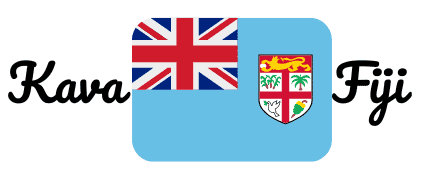Fiji Kava History
When did kava first come to Fiji?
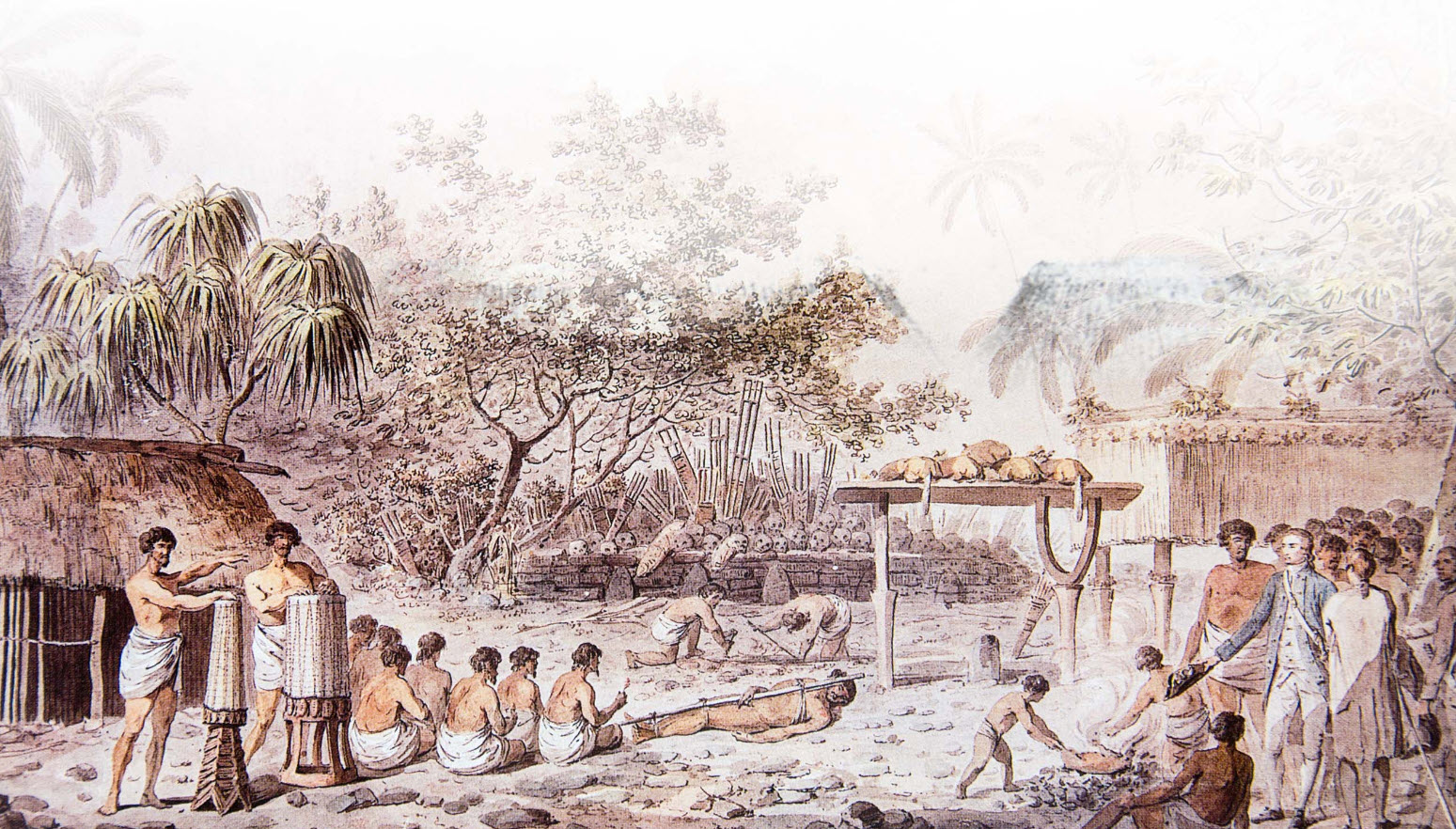
The Fiji kava history is really interesting as the history of kava in Fiji spans thousands of years. The plant was first introduced to the islands by the Lapita people, who settled there around 1000 BCE. This is when the kava plant first arrived in Fiji and began its long journey towards becoming a cultural staple.
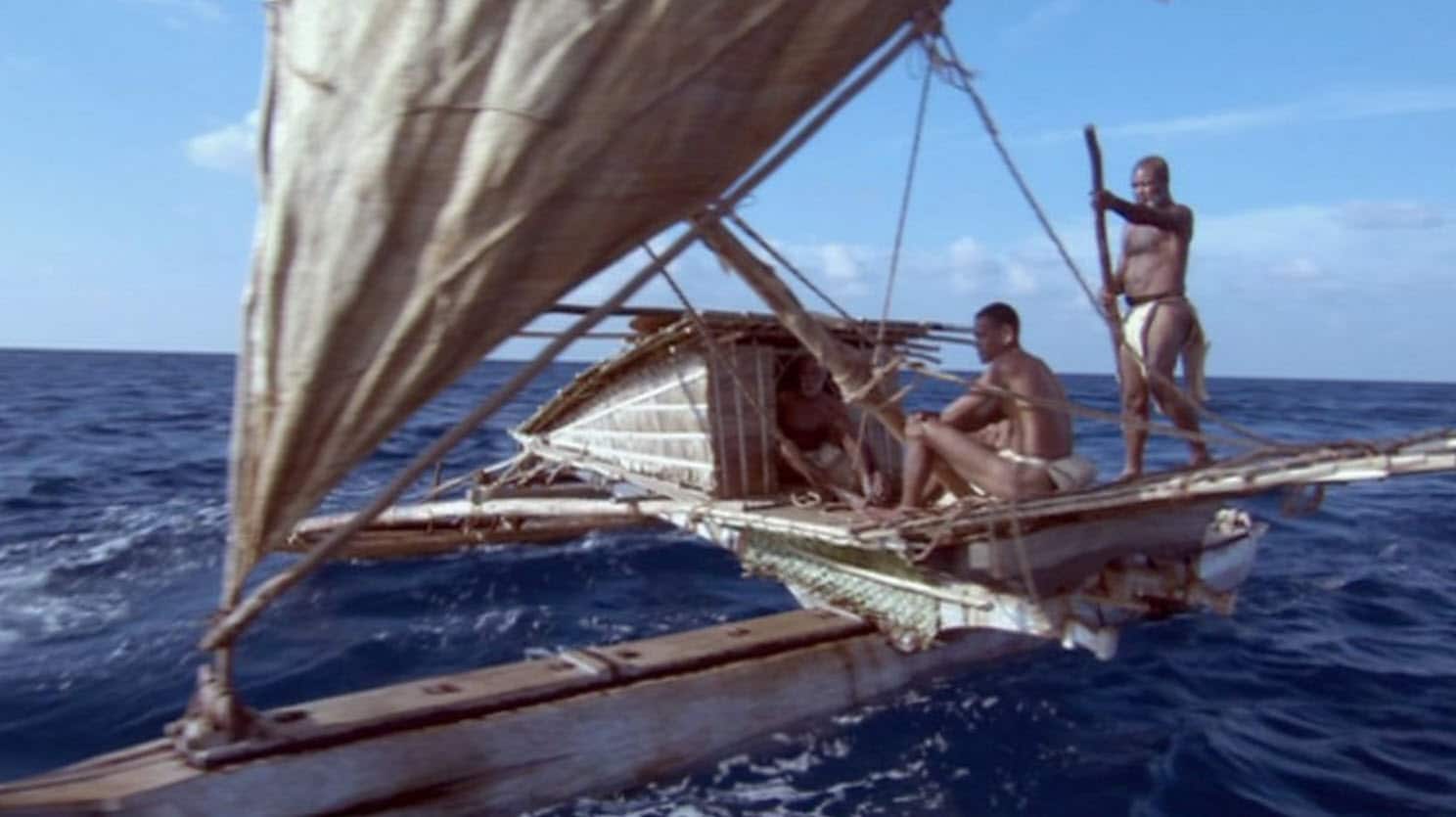
Kava is indigenous to Polynesia, and it has been used for centuries by people throughout the Pacific Ocean. It is also known as awa in Hawaii, as well as ‘awa’ in Tahiti and other parts of Oceania.
The Lapita people were skilled seafarers who sailed their canoes across vast stretches of ocean to settle on Fiji’s shores at least 3,500 years ago. They brought with them many plants and animals that had never before been seen on these islands. Amongst them were:
- Two species of palms (Coccothrinax sp.),
- Three species of bananas (Musa spp.),
- Yam tubers (Dioscorea sp.),
- Taro tubers (Colocasia esculenta),
- Breadfruit trees (Artocarpus altilis),
- Coconuts (Cocos nucifera),
- Pandanus trees (Pandanus sp.),
- Sugar cane (Saccharum officinarum)
- PLUS the all-important kava rootstocks.”
Captain Cook and the first western recording of Fiji Kava
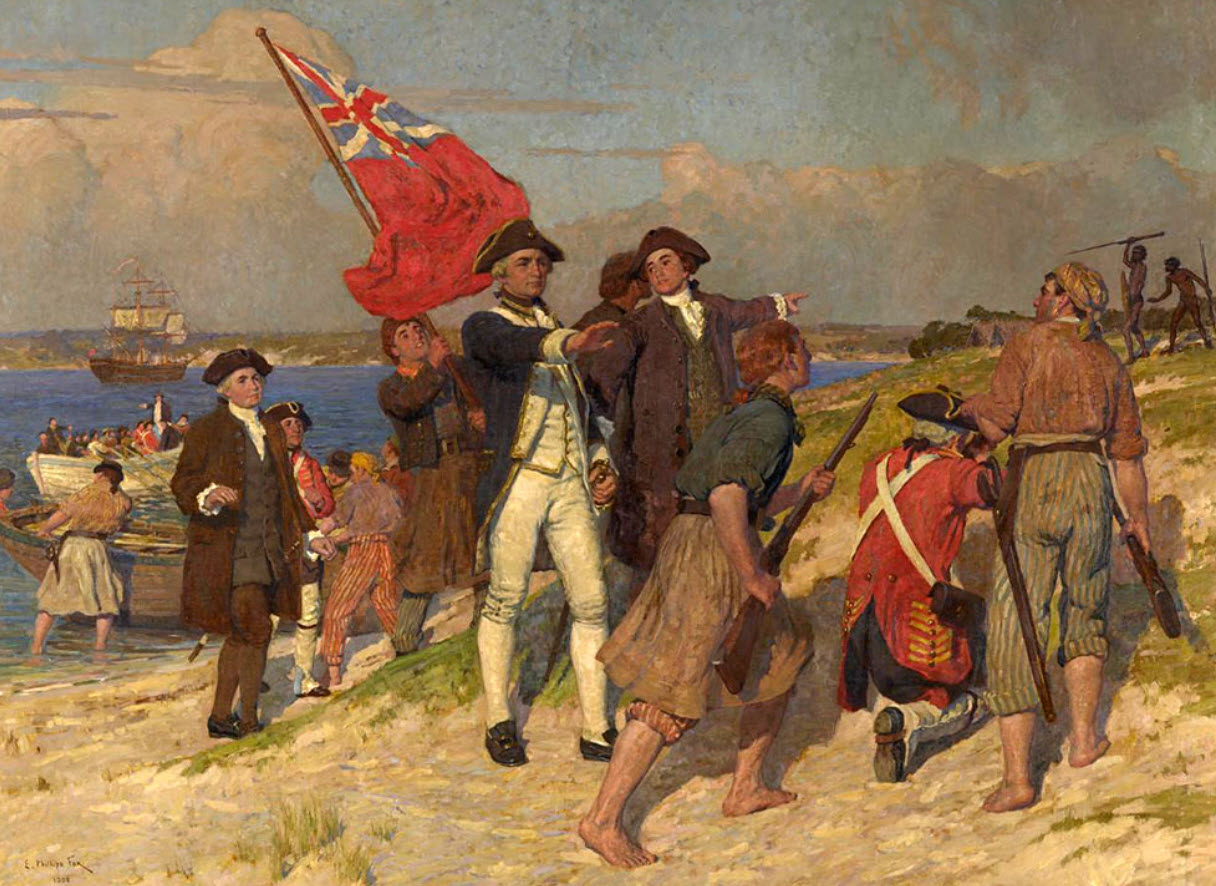
Captain James Cook was the first European to discover the kava plant in Fiji. He was sailing his ship around the South Pacific when he came upon the islands of Vanua Levu and Taveuni. It is believed that he landed on Vanua Levu in 1774.
In his journals, Captain Cook wrote about how he observed a ceremony in which kava was used as a sacred drink for religious rituals and for ceremonial occasions.
Fiji Kava, the first kava product to be sold in the United Kingdom, is the result of a partnership between Fiji and the British government. The Fiji Kava Company was formed in 1853 and began selling products in Britain in 1855.
Fiji Kava Culture History
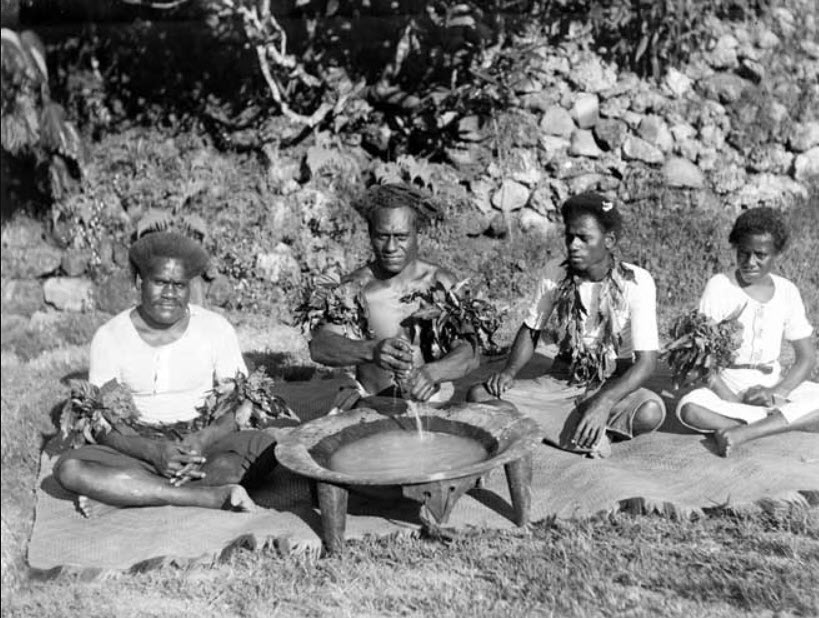
The above-mentioned Lapita people brought kava with them to Fiji and used it as part of their religious ceremonies. In fact, it was considered a sacred plant, and only those who were initiated into the priesthood had access to it. They even had special tools that could be used only by them to prepare and serve kava.
Over time, this sacred beverage was adopted by other Fijians and became an integral part of everyday life. The resulting process was that it was prepared using a wooden mortar and pestle (called a nikau) Subsequently, this process was passed down through generations wherein the root of the kava plant was peeled and pounded with water until it formed a paste called ‘tano’, which could then be mixed with water or coconut milk.
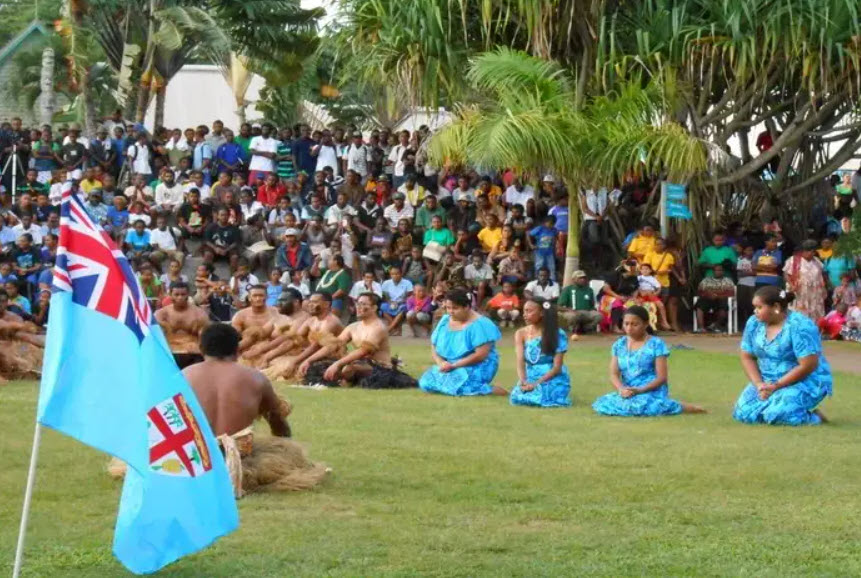
The popularity of kava declined in 1894 when British colonists banned its use because they believed it caused mental illness (although there is no scientific evidence for this). The ban was also put into place during a period of economic decline and social unrest in Fiji. The British were concerned that kava might be contributing to these problems, so they banned it as a way of controlling social unrest.
The ban was reinstated following World War II, and remained in effect until 1967 when Fiji gained its independence from Great Britain. Once Independence was gained, kava gain became a major part of Fiji culture. To this day it is used for social occasions such as weddings, funerals and birthdays. Also, kava plays an important part as a general social tonic alternative to alcohol.
Fiji Kava Industry history
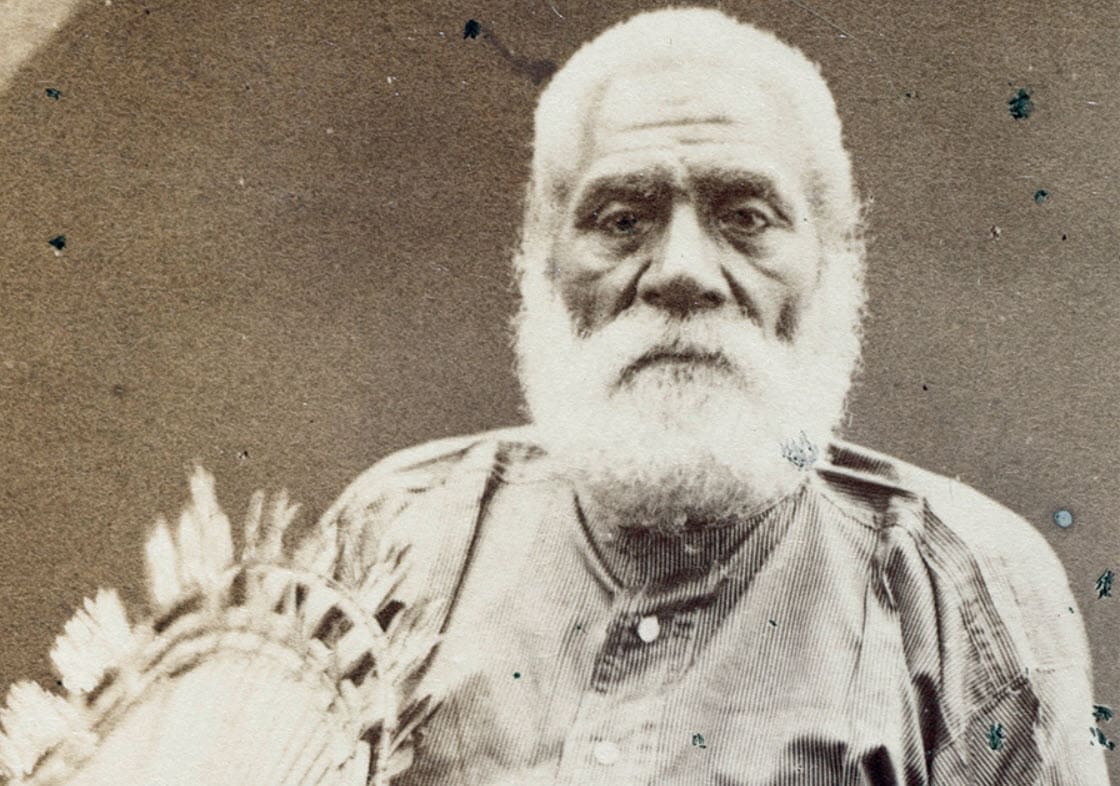
Fiji’s kava industry is a fascinating one to study. It has evolved over time and continues to do so today. Here are some key events that have shaped its history:
➡️ 1789: The first recorded kava plantation was established by a man named Tanoa Visawaqa.
➡️ 1820: The second plantation, owned by Ratu Isireli, was established on the island of Vanua Levu.
➡️ 1836: Fiji was ceded to Great Britain as part of a deal between the French and British governments. The most famous kava plantations were established during this period, including those owned by Ratu Seru Epenisa Cakobau and Ratu Joni Madraiwiwi II.
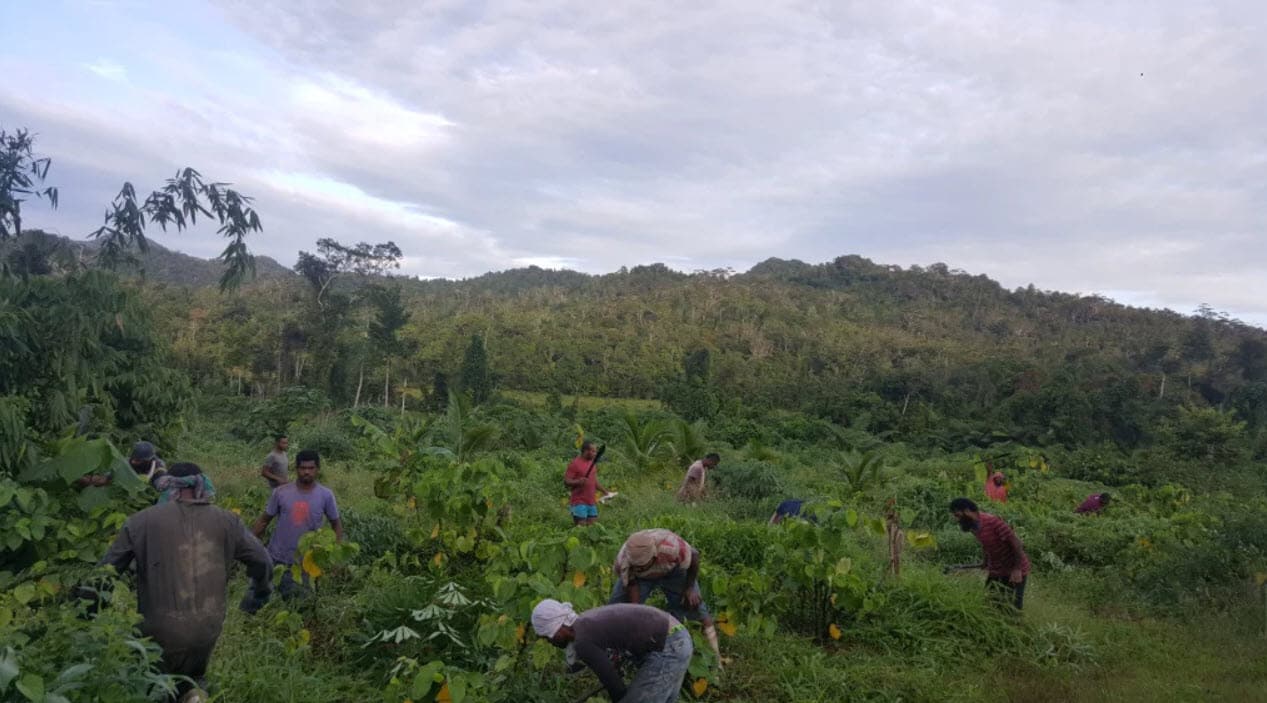
➡️ 1880s: After decades of decline due to disease and war, Fiji’s kava industry experienced a renaissance during this period with the introduction of new strains and growing methods that allowed for greater production volume and quality.
After the ban on kava was lifted, the kava industry was slow to grow at first. It wasn’t until the 1960s that commercial cultivation began. In the following decade, however, demand for kava skyrocketed. By the 1980s, there were more than 1,000 kava farmers in Fiji.
According to the Fiji Statistics Bureau, in 2017, just over 9% of Fiji’s national domestic output came from kava. The amount of kava produced that year was valued at $14 million US dollars (USD). With the advent of Australia allowing kava to be imported again and the ongoing increase in demand in the US, total exports are expected to reach $28 million US dollars (USD) in 2022.
